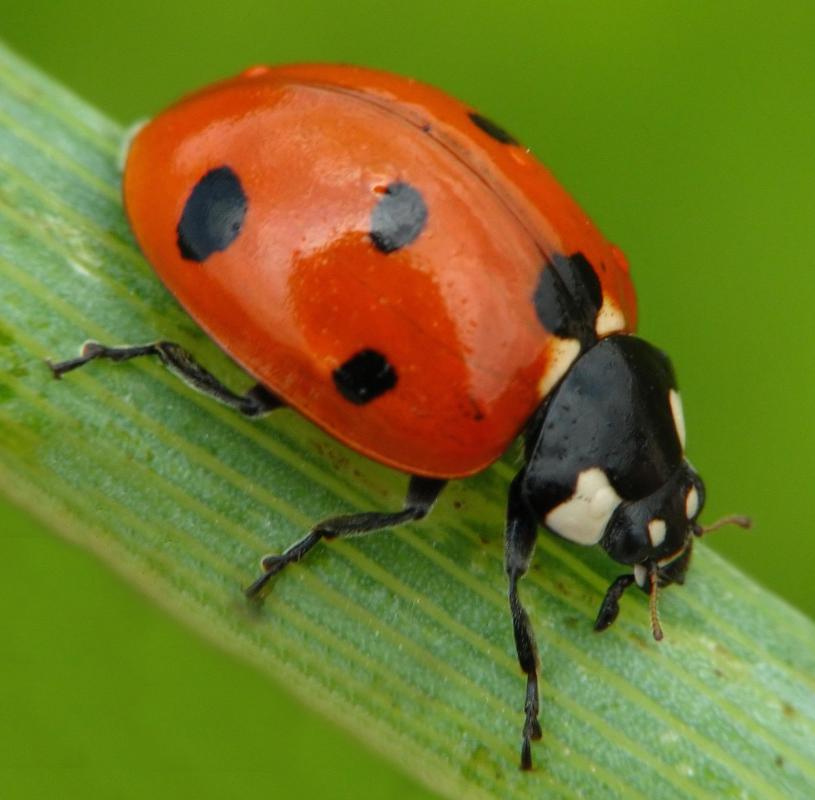At HomeQuestionsAnswered, we're committed to delivering accurate, trustworthy information. Our expert-authored content is rigorously fact-checked and sourced from credible authorities. Discover how we uphold the highest standards in providing you with reliable knowledge.
What is Brittlebush?
Brittlebush is a desert shrub that is a member of the Asteraceae, or sunflower, family and is found in the deserts of the American southwest, northern Mexico, and southern California. Being adapted to desert conditions, it is drought-tolerant. There are several species of brittlebush, but the one primarily used in gardening is Encelia farinosa. This species is grown for its yellow flowers and fragrant leaves in xeriscape landscaping, or gardening that is designed to use minimal water.
This shrub is easily cultivated, as long as it receives some water during the winter and early spring — the rainy period of its desert environments. The 2 to 5 ft (0.6-1.5 m) tall shrubs produce a profusion of small, yellow flowers. If watered occasionally during the summer, they will bloom all year. Starting in their second year, these plants should be pruned to six inches (15 cm) after flowering. The branches may die back after a severe freeze or prolonged drought, but they generally re-grow in the late winter or early spring.

Brittlebush is also recommended for planting around swimming pools. It can handle the reflected heat from the pool and does not require much irrigation. It produces minimum litter. Also a factor is that this perennial is pollinated by animals, rather than the wind. Thus, it does not produce a lot of pollen to contribute to allergies.
The plant is particularly common in areas that are subject to wildfires. After these fires, the shrubs frequently grow back from the roots and dominate the landscape. These native plants can remain the dominant vegetation in burned areas for a number of years.

Brittlebush plants look hairy because they have a large number of hairs, or trichomes, on them. The number of hairs can vary, depending on whether the plant is growing in an area that is mostly arid or moist. A preponderance of hairs can protect against water loss, but these plants do not photosynthesize as effectively and thus do not produce as much carbon. In areas with more water, the plants have fewer hairs and carry out a greater degree of photosynthesis. This difference is due both to genetics and adaptation to the environment.
There are different varieties of brittlebush, which are better adapted to certain local environments. For instance, the varieties can differ in their tolerance of arid conditions and in the production of different types of chemical defenses against herbivores. Also, this species hybridizes easily with several other species of Encelia. This can complicate efforts to re-introduce the appropriate type of Encelia in native habitat restoration.
Brittlebush is so named because the stems break easily. These also produce a resin that was burned as incense by Spanish settlers. This led to the Spanish name for the plant being incienso. The resin was also used medicinally by the native Americans and as chewing gum by their children.
A number of insects are specialized to use the plant for pollination or as a food source. At times, there can be large infestations of aphids, which, in turn, draw large numbers of ladybugs. The plants are also frequent hosts for the larvae of the painted lady butterfly.
AS FEATURED ON:
AS FEATURED ON:












Discussion Comments
The resin from the brittlebush can be made into a crude form of toothpaste. People used this long before modern toothpastes had even been thought of. I imagine the brittlebush paste would take some getting accustomed to for us today.
Some animals will eat the brittlebush scrub. Domestic animals don't have an appetite for the plant, but some wild animals eat it. Certain kinds of deer eat it and so do bighorn sheep. Rats sometimes eat the seeds of the scrub.
The brittlebush is a good and steady source of food for these animals because it does grow so widely in the areas where the climate supports it.
@Laotionne - I know American Indians and tribes living in Mexico at some point in history used the desert brittlebush for medicinal purposes. I do not know whether the scrub is still used in that way today.
The Indians would take the resin that comes from the stems of the scrub and make a paste. They applied the paste to wounds and sores as a means of helping the areas to heal. Along with promoting healing, the paste was a means of reducing pain associated with various injuries and diseases.
I have never read that the Indians ate the plant.
I have heard that the brittlebush plant has some healing qualities. Has anyone here ever used the plant for health reasons? And if so, can it be eaten?
Post your comments